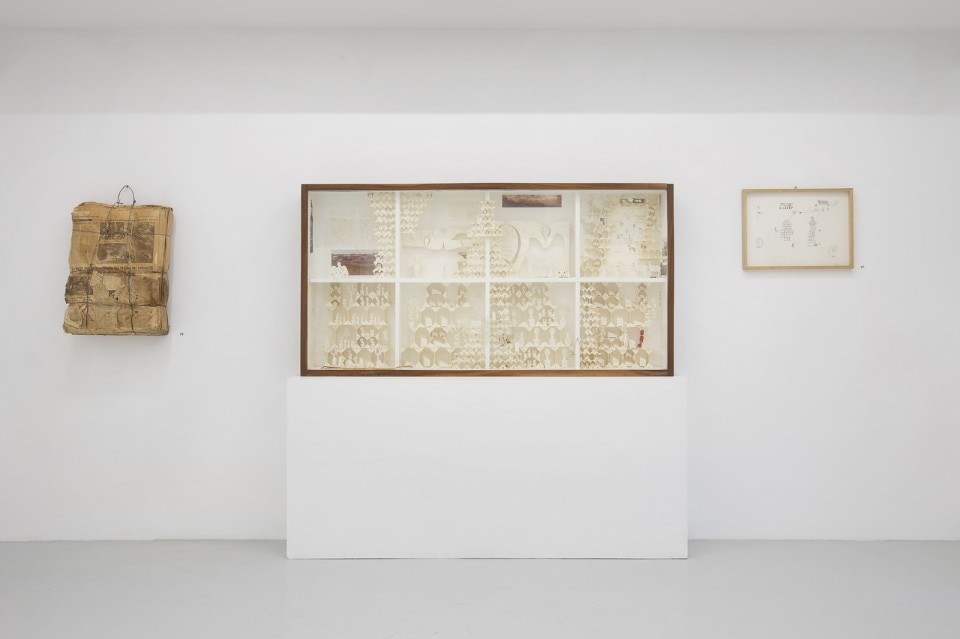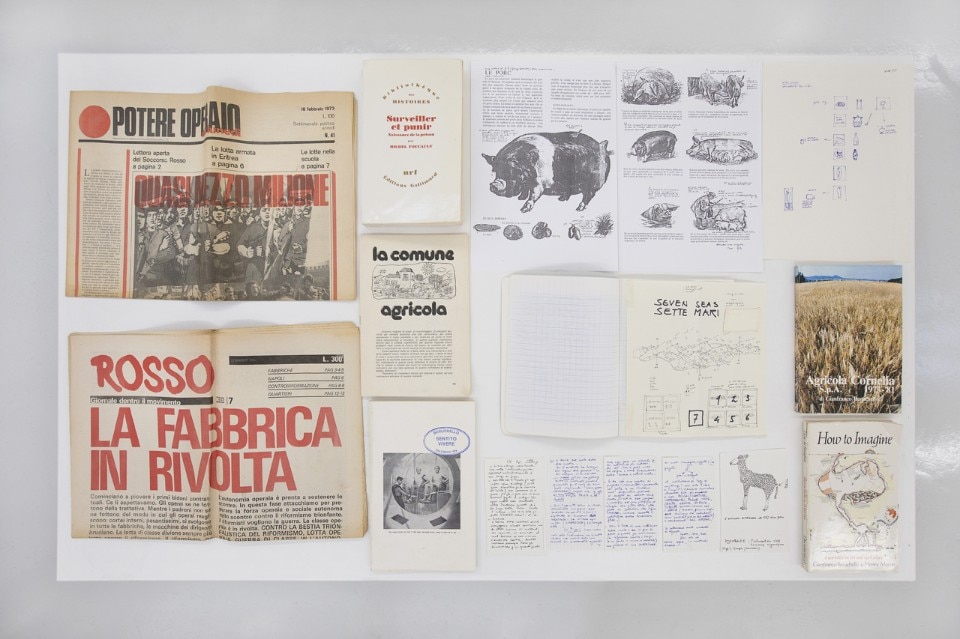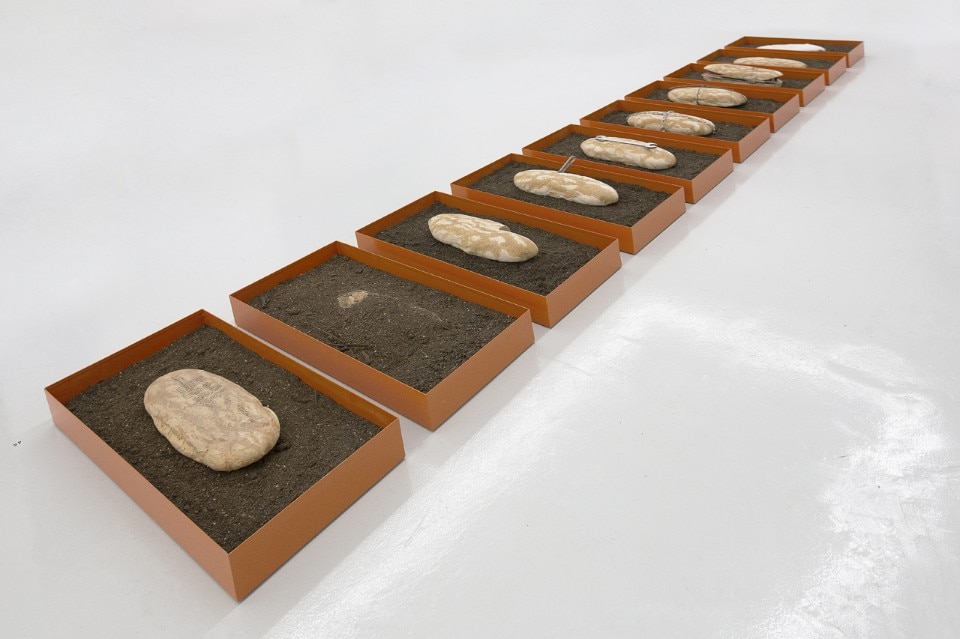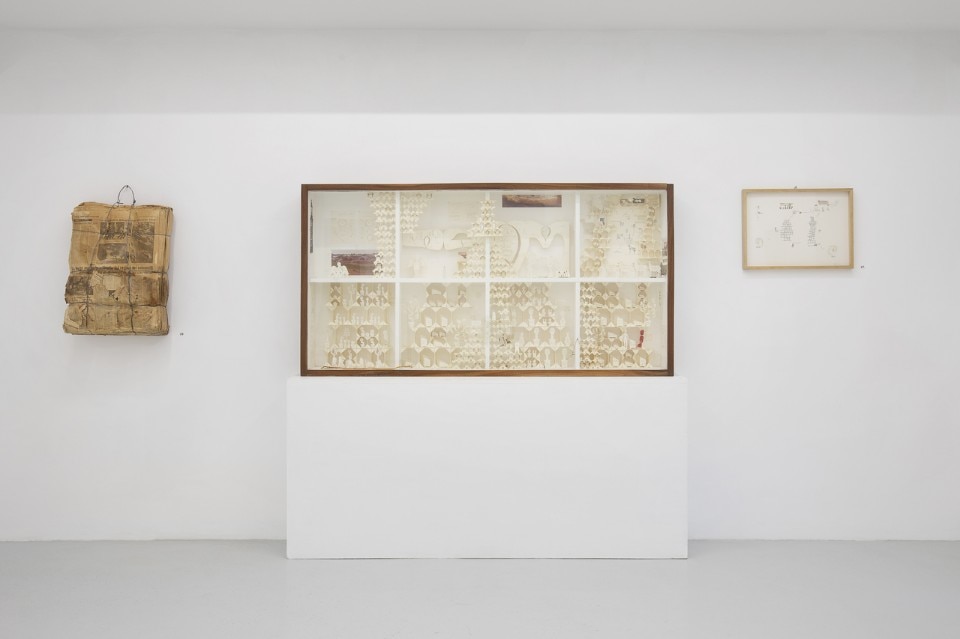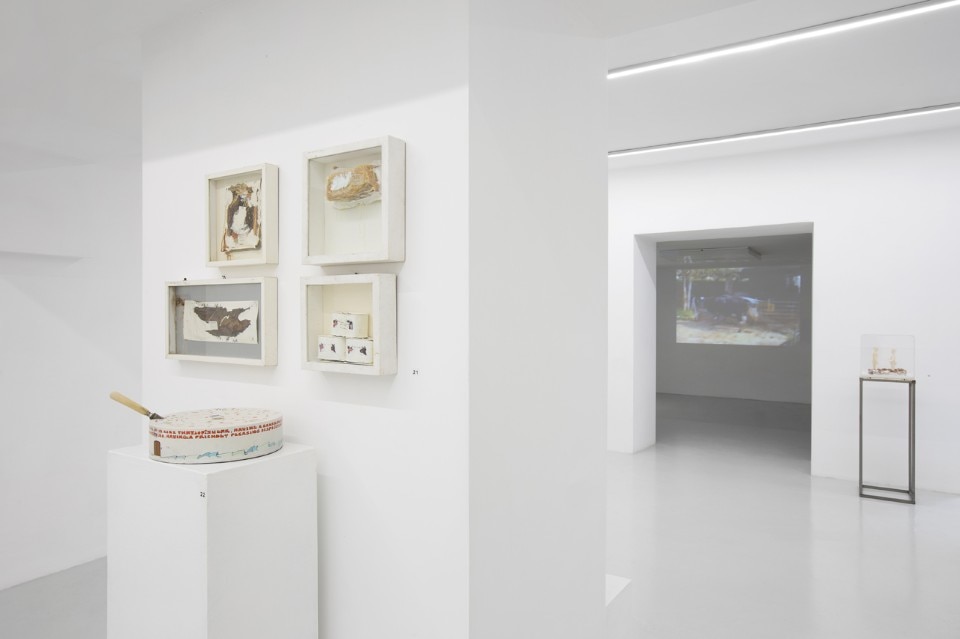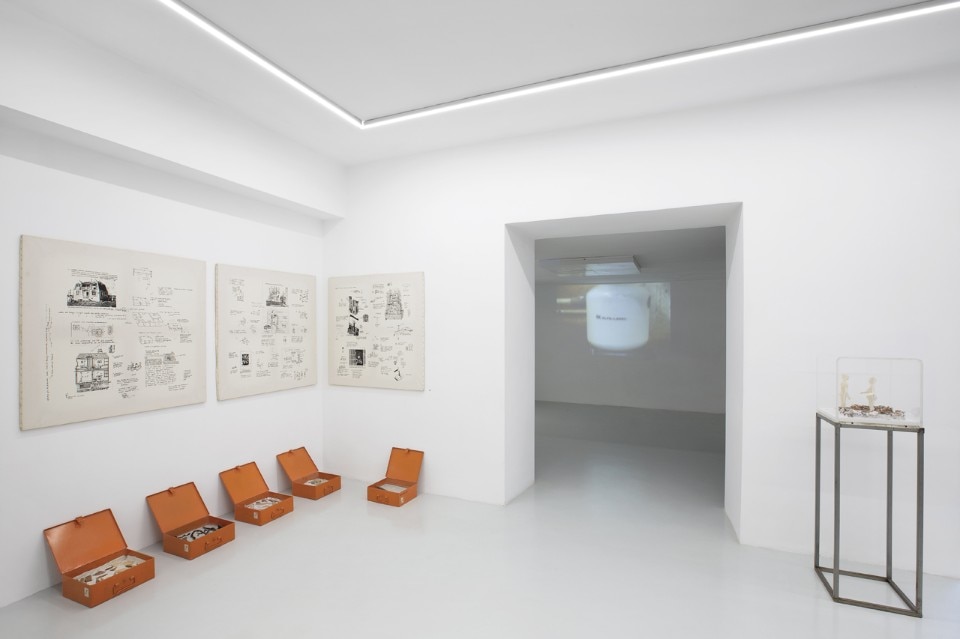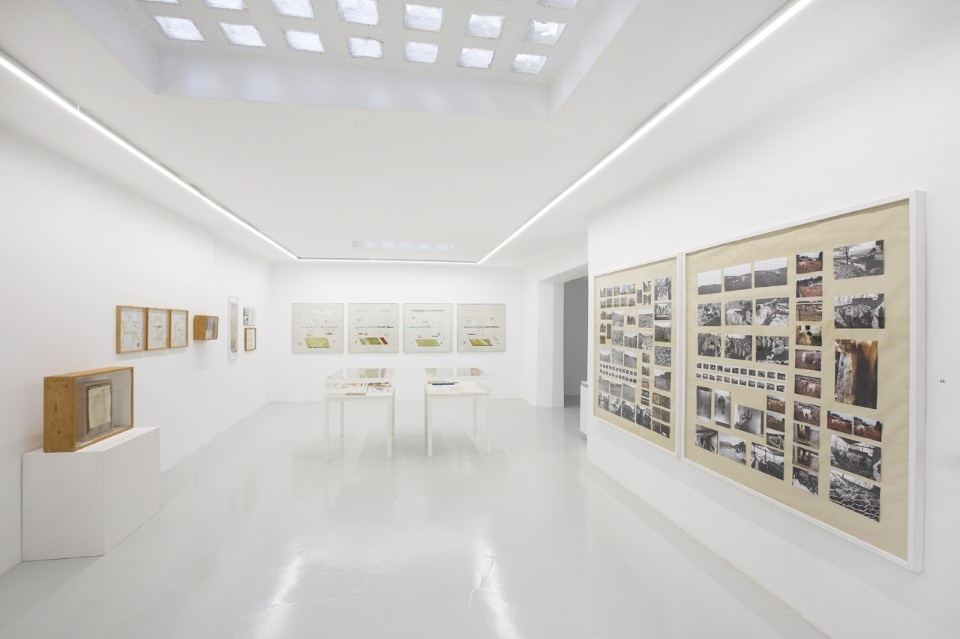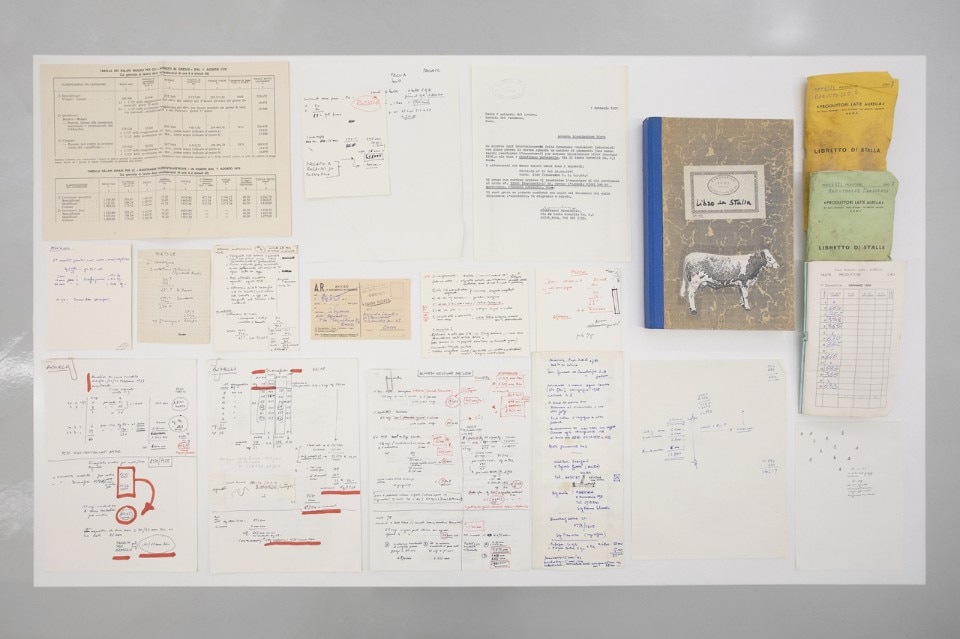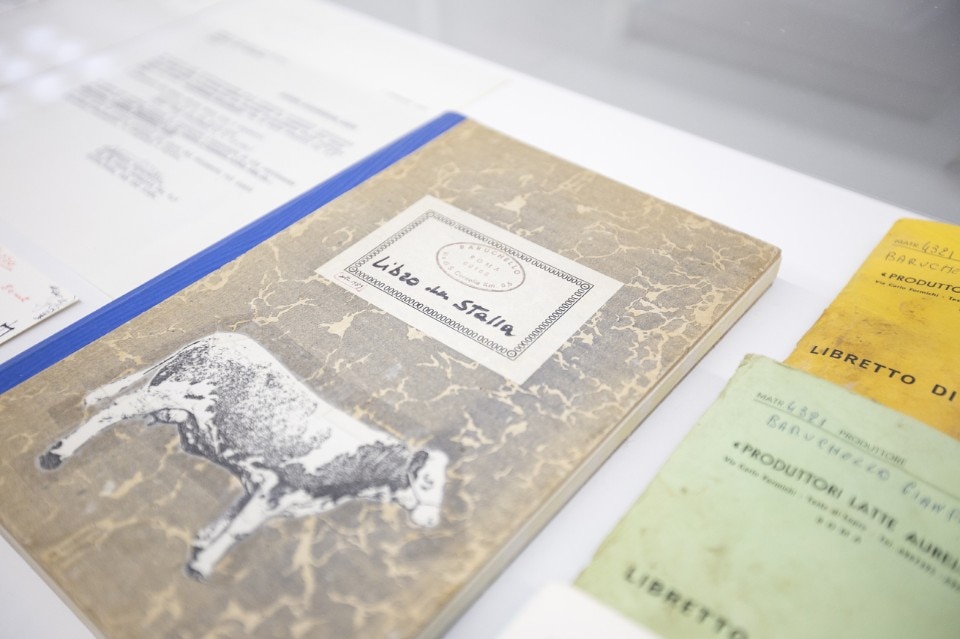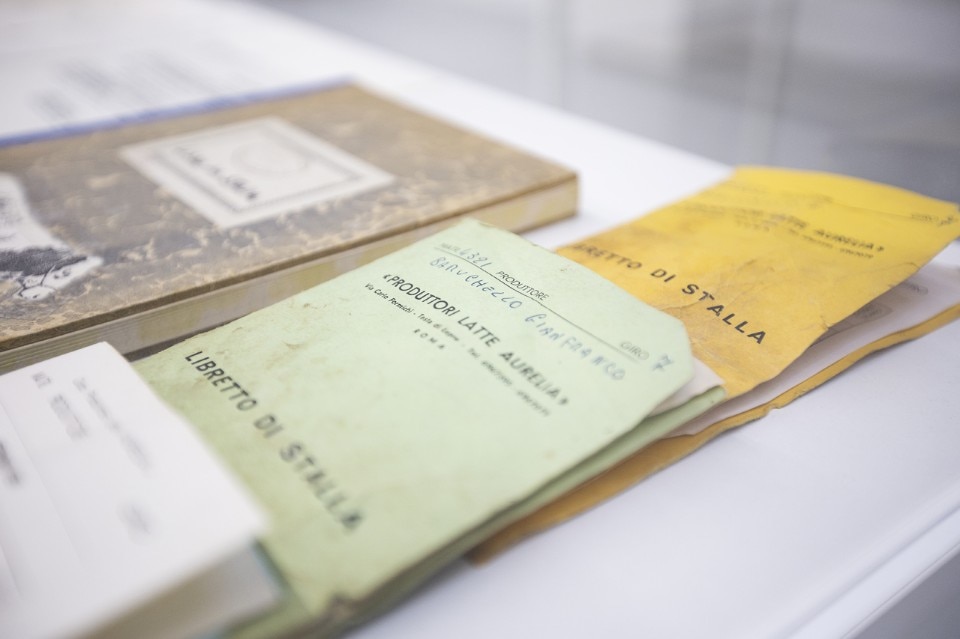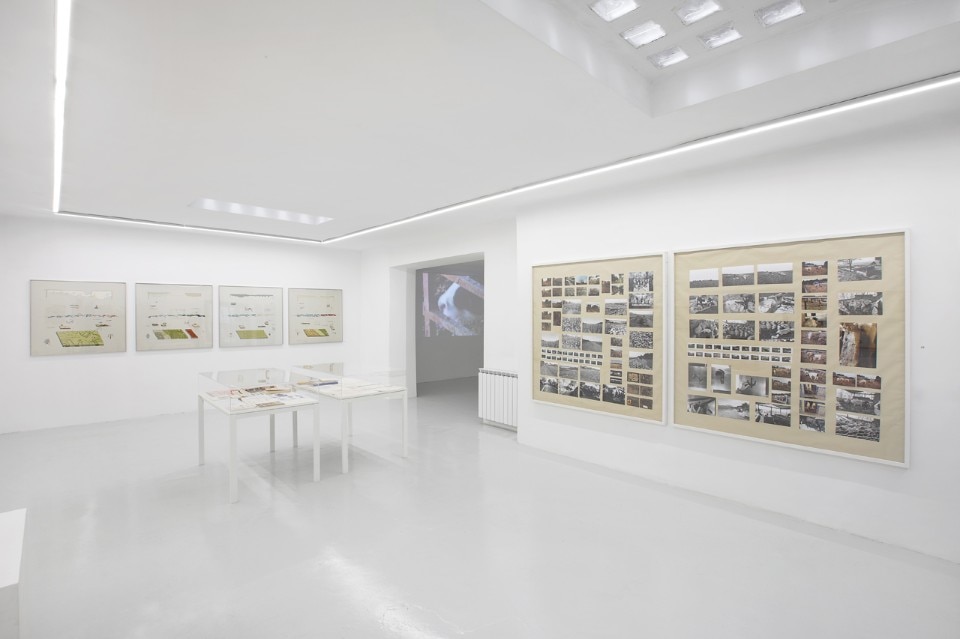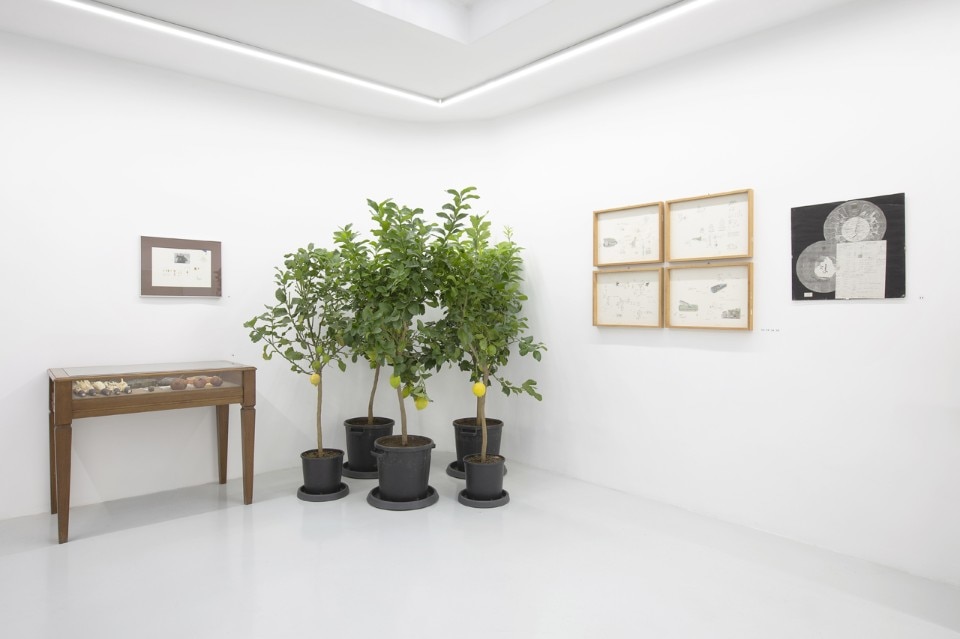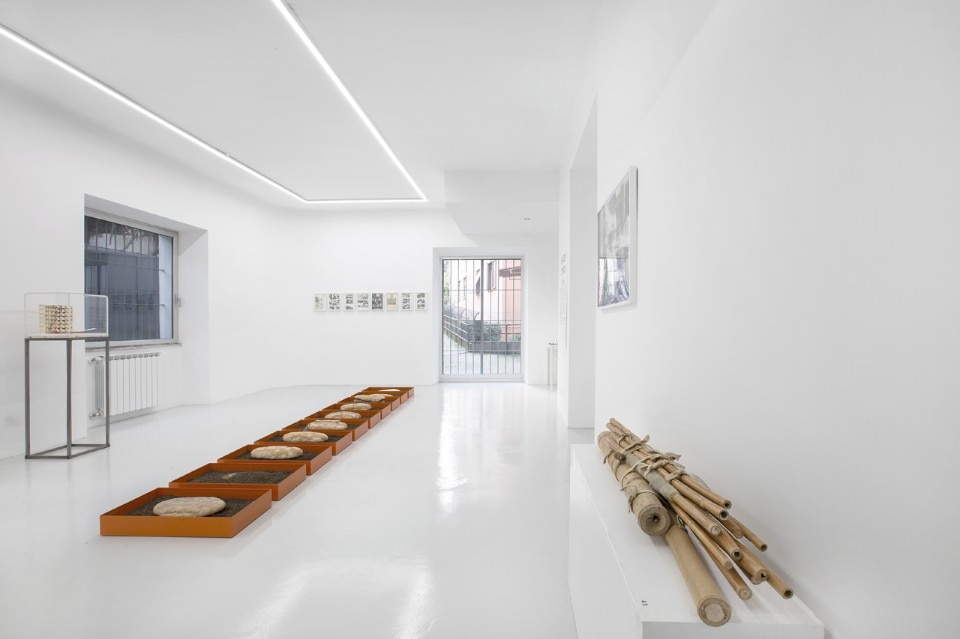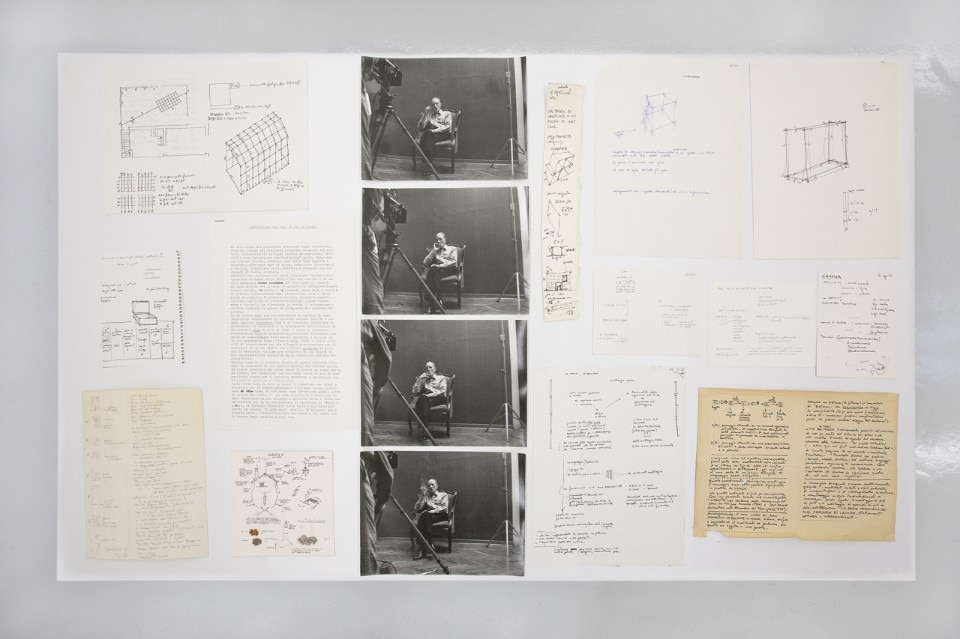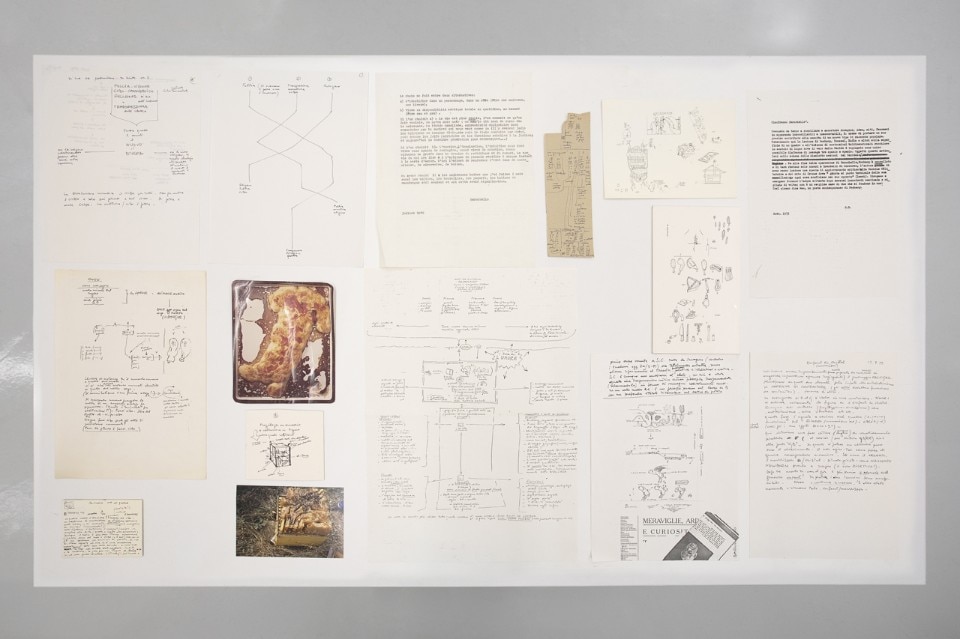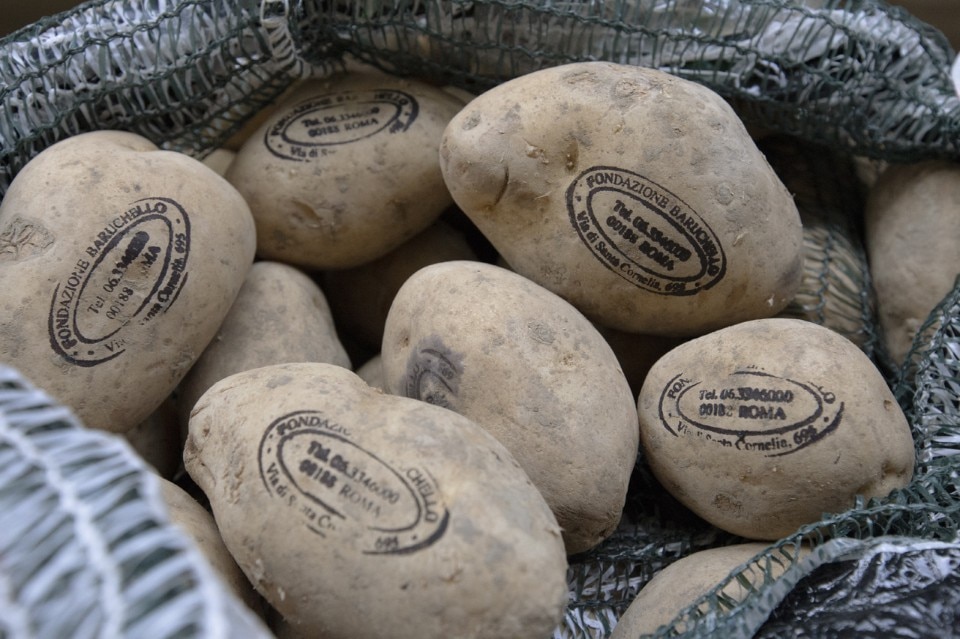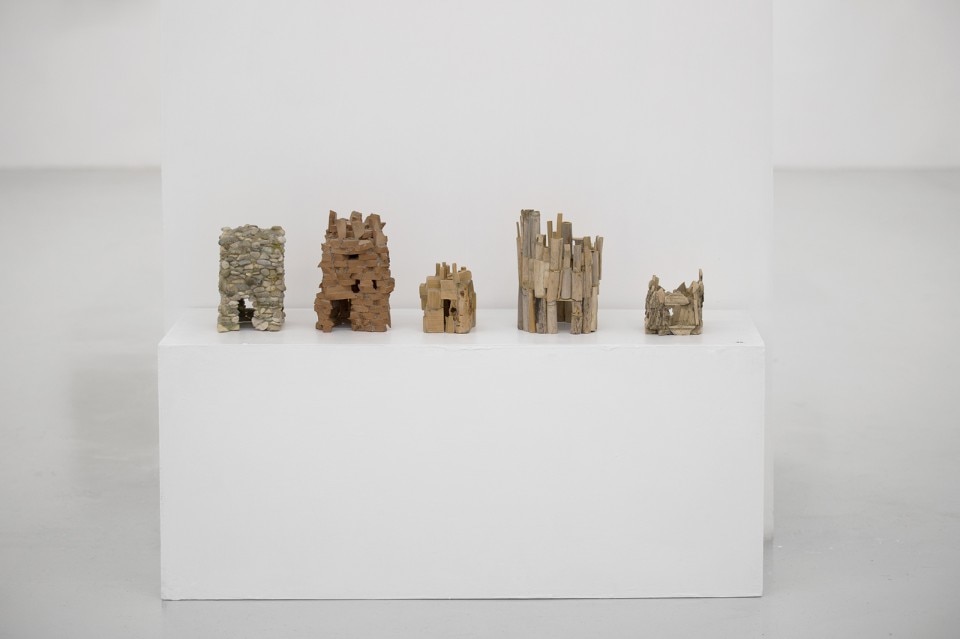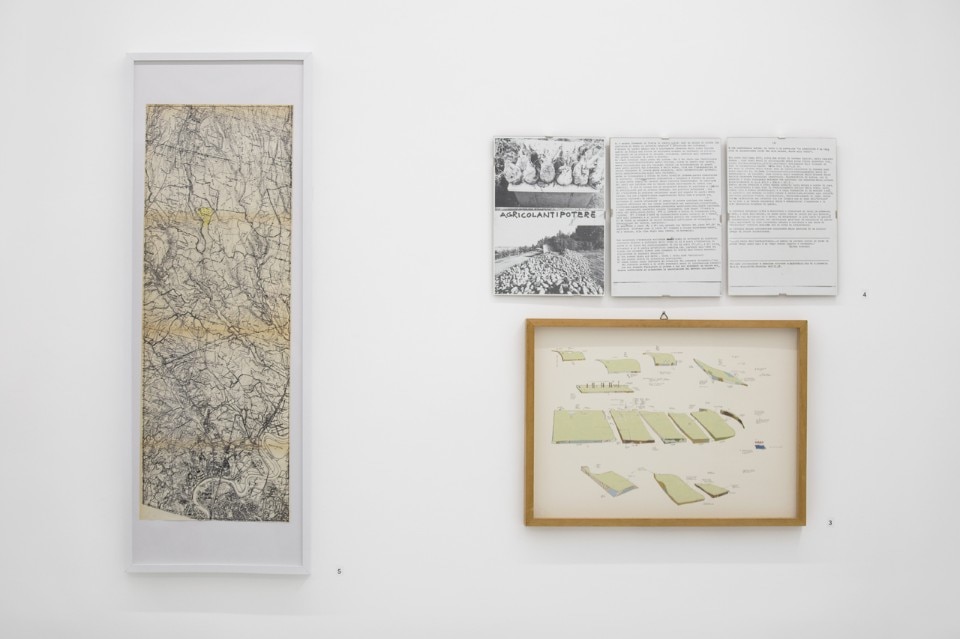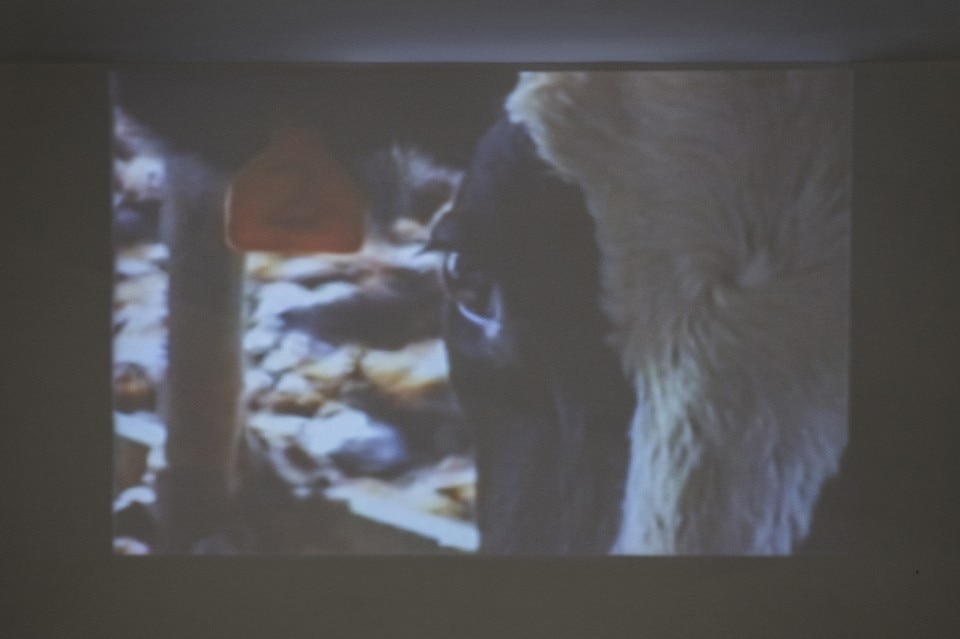Agricola Cornelia was a project run by the Italian artist Gianfranco Baruchello between 1973 and 1981, which combined art, agriculture and zootechnics. Created through the occupation of unused agricultural land surrounding the artist’s home and studio located to the north of Rome, it then evolved, with the collaboration of art historian Carla Subrizi, in 1998 becoming the Baruchello Foundation.
Gianfranco Baruchello discusses the project with us as the founation celebrates its 20th anniversary with an exhibition examining its early activity.
As a largely urban society, we often have an idealised concept of nature. How did this experience change your perception of nature?
After Agricola Cornelia, this very area which previously saw the cultivation of a wide range of products and where cows and sheep had grazed for years became a garden. I placed my very mind and feelings to this garden-space. Seeing them grow like grass, like trees or bushes, was a process of complete identification.
My mind moved outside, and I watched it like a silent but attentive observer. Then, a further step: the setting up of the Foundation with Carla Subrizi. Another layer was added, and everything changed; my life and the place. With a wide range of artists (Pietroiusti, Fantin, Folci, Stalker, Lopez Cuenca, Muntadas, Bruna Esposito and many other) and many young people, the foundation has become a place for the sharing of theories, exercises, reflections and many ideas. All of this in a stream of words and encounters. We have given space not to exhibitions but above all to workshops, archives and the library.
In what way did art and agricultural activity co-exist? Can you tell us what role fate played?
This was the point, to pass between one and the other, between art and life, driven by the concept of mixing all of the levels, the contradictions and the differences. Helping in the birthing of a calf, in the cultivating of a field of beetroot, watching the cows grazing, all became a tangible context in which art was able to interact. Art was the instrument for imagining artistic production alongside agricultural production, politics and nature and the environment in 1970s Italy.
There was a political drive for people to go and live in the countryside, to transform the period of militancy (in the “Potere Operaio” political group) and the post-1968 Movement period into a new project where art and politics (as I said, a society with the sole aim of “cultivating the land”) were to rescue plots of land from building speculation and the entrepreneurial middle-class world which was devastating the Rome suburbs, returning them to the countryside. It was probably utopia, but in some way it worked.
There could have been a mass of terraced houses where the foundation now stands. Fate has always been an ally in any case. Without leaving things to fate, nothing important happens. The mistakes I made, not understanding how one buys a flock of sheep, letting the beetroot get too big, or understanding that nature cannot be programmed, were all trials for me. The unpredictable aspects underlined the fact that what one needs to deal with, to face up to, day after day, is possibility. The everyday aspects of nature imposed this.
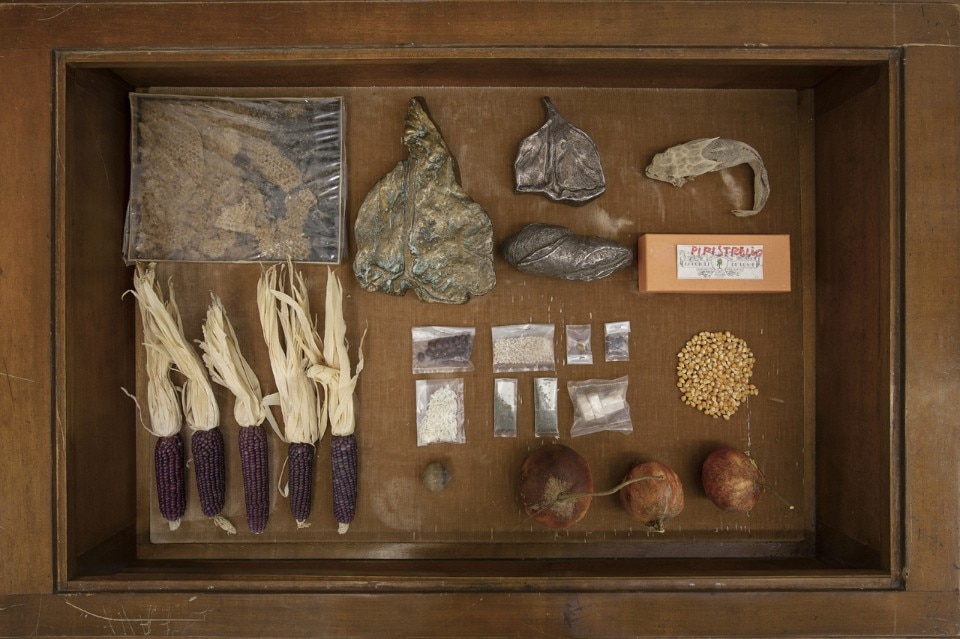
The publication Agricola Cornelia 1973-81 explains an interesting concept which is also linked to worth, and to the market, which is the transformation of a vegetable into a readymade. Can you tell us about this?
Certainly. Duchamp, who I met and of whom I was very fond, gave me the key to carrying out this experiment: a fully-founded company, modelled on his Société Anonyme, which would allow me to state that even a potato harvest could be a work of art. My aim was not to transform everything into art. It would have been too easy, too obvious. In reality, the situation was exactly the contrary. It was art that was to be put to the test.
A courgette harvest has a cost, as well as a value in terms of use and for exchange. The farmer plants a certain number of seeds, which become vegetables and thus food. An artist draws, paints, whatever they do they do to nourish themselves and others (if they wish to), but as soon as their production enters the market, the cost inflates, becoming pure merchandise, and all trace of the aspect of nourishment is lost. The comparison between farmed products and artistic output was a provocation aimed at critics who were too engrossed in creating strategy, at the market, and at the art system, which is a colossal world of business and paid success.
How was the Agricola Cornelia experience received by the world of art and culture at the time of the project, and what legacy do you feel it has left?
Exhibitions in that period touched on many of the aspects which the Agricola Cornelia project examined. But Agricola Cornelia stayed out of the exhibitions themselves. The galleries wanted the works, while I imagined an exhibition on this experience in the form of a large archive. In a certain sense the exhibition at Galleria Milano was a move in this direction, but almost no-one saw it.
How did the evolution from rural-life experiment to foundation come about?
From potatoes to ideas, from the cultivation of vegetables to the cultivation of situations or opportunities, this was the passage. The Foundation was set up in 1998, but on the same land and in the same spaces in which Agricola Cornelia had operated. That plot of land to the north of Rome, in open countryside, practically forgotten by the Municipality of Rome, allowed me and Carla Subrizi (president of the Foundation. I am, by now, emeritus) to rethink the spaces, questioning what, at the end of the 1990s, could be considered as important. A large space for exchange, for thinking together, for carrying out research and supporting young artists, also through training courses, as was the case with our very long seminars, after which many participants became curators, artists or publishers.
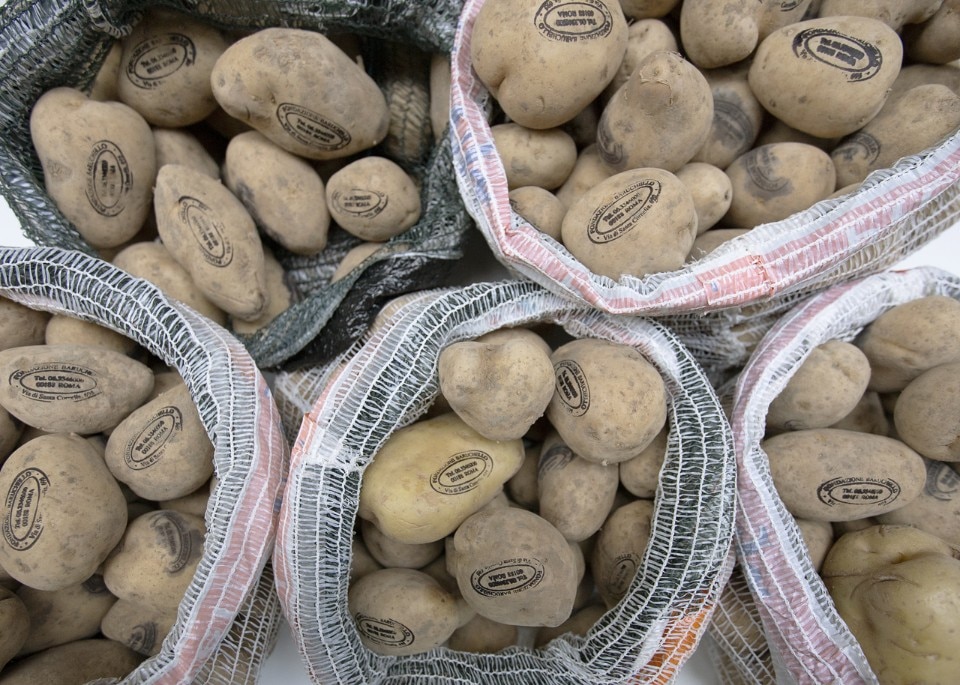
In light of environmental problems and the debate on sustainability and the exploitation of the planet, would such an experience make sense nowadays?
Maybe, maybe not. Now I think that much more is needed. Even the way to experience or perceive politics, a political role, has changed. Now the landscape to be cared for is mental, that which we construct every day through language, made up of words and things. Mental, in the complex sense of everything that shares and creates a way to be, to feel, to feel part of the world. Inner landscapes and mental landscapes, imaginations on the brink of a crisis.
Art continues to be an essential instrument when it originates from the desire to understand. In this moment, the Foundation examines that which is now necessary. These are not easy times, but just as has been the case up to now, there is no lack of ideas. That which emerged from individual land has, out of necessity, become something else. Now the aim is to continue living this experiment in a collective manner. Let’s pretend that this is possible in Italy and in a political situation which is not only Italian, but global.
- Title:
- On the cultivation of an ideal place
- Opening dates:
- until 8 February 2019
- Venue:
- Fondazione Baruchello, Via del Vascello 35, Roma
- Curators:
- Maria Alicata and Daniela Zanoletti


